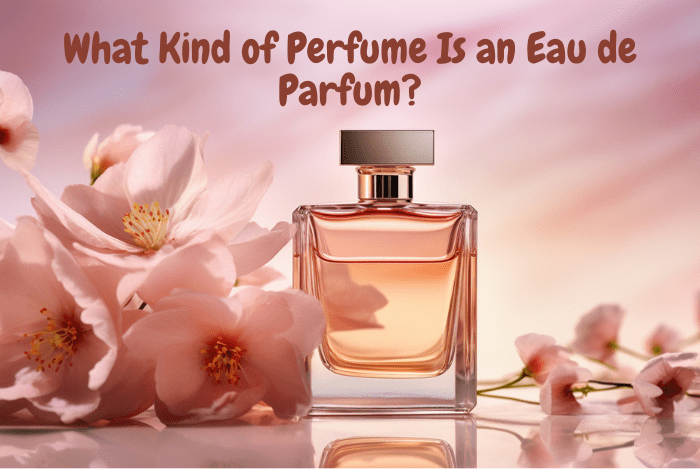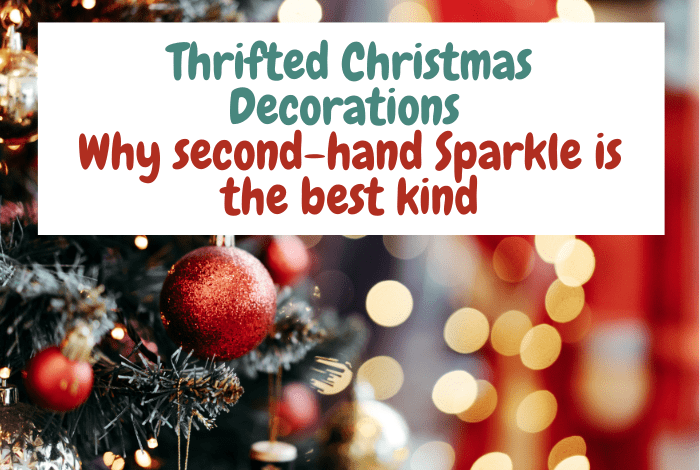When it comes to choosing a fragrance, understanding the different types of perfumes and their compositions can make a world of difference in selecting the right scent for you. Among the most popular categories of perfume is Eau de Parfum, often abbreviated as EDP. But what exactly is an Eau de Parfum, and how does it differ from other fragrances like Eau de Toilette (EDT) or Eau de Cologne (EDC)? In this article, we’ll explore what Eau de Parfum is, its characteristics, and why it may be the perfect option for your fragrance wardrobe.

Understanding the Basics: What Is Eau de Parfum?
Eau de Parfum, or EDP, like some fragrances made by Tom Ford, is a type of fragrance that is distinguished by its concentration of aromatic oils. It is one of the more concentrated and long-lasting forms of perfume, typically containing between 15% to 20% fragrance oils. This concentration makes Eau de Parfum more intense and long-wearing compared to lighter, less concentrated versions like Eau de Toilette.
The name “Eau de Parfum” comes from the French words for “water” and “perfume”, which reflects its status as a more luxurious and potent version of fragrance, while still being lighter than pure perfume extract.
How Is Eau de Parfum Different from Other Fragrance Types?
There are several other categories of fragrance, each with a different concentration of perfume oils, which directly affects their scent intensity, longevity, and how they are best used. Here’s a comparison of the most common types:
Concentration: 15% – 20% fragrance oils
Longevity: Typically lasts 4-8 hours
Sillage: Stronger sillage (the trail left by the scent) compared to Eau de Toilette
Best for: Daily wear or evening occasions. Ideal for those who want a noticeable fragrance that lasts longer without being overpowering.
Eau de Toilette (EDT)
Concentration: 5% – 15% fragrance oils
Longevity: 3-5 hours
Sillage: Lighter sillage compared to Eau de Parfum
Best for: Casual, daytime wear, especially in warmer climates. It’s more subtle and refreshing, often used for a quick spritz during the day.
Eau de Cologne (EDC)
Concentration: 2% – 5% fragrance oils
Longevity: 2-3 hours
Sillage: Very light and fleeting
Best for: Very light, refreshing spritzes, often used for a quick pick-me-up or on hot days. It is commonly associated with citrus-based scents.
Parfum (Perfume Extract)
Concentration: 20% – 40% fragrance oils (or higher)
Longevity: 6-12 hours or more
Sillage: Very intense, often long-lasting
Best for: Special occasions or for those who prefer an exceptionally potent fragrance that lasts all day.
As you can see, Eau de Parfum sits between the lighter Eau de Toilette and the heavier, more concentrated pure perfume in terms of strength, longevity, and complexity. This makes it one of the most versatile and popular choices for fragrance lovers.
Why Choose Eau de Parfum?
Now that we understand the basics of Eau de Parfum, let’s explore why it is often the preferred option for many people:
1. Long-Lasting Scent
One of the standout features of Eau de Parfum is its longevity. With its higher concentration of fragrance oils, an EDP can last anywhere from 4 to 8 hours, depending on factors like your skin type, the climate, and the specific composition of the fragrance. This makes it a great option for a full day of wear or for evening events when you don’t want to worry about reapplying your fragrance.
2. More Complex and Richer Scents
The higher concentration of essential oils in Eau de Parfum allows for a more complex scent profile. Fragrances in this category often have multiple layers that evolve over time. You may notice top notes (the initial scent you smell), followed by middle or heart notes (which emerge after a short while), and finally, base notes (the lasting scent that lingers on the skin). This complexity makes Eau de Parfum an ideal choice for those who enjoy a fragrance that tells a story and changes throughout the day.
3. Stronger Sillage
Eau de Parfum has a more pronounced sillage compared to lighter perfumes, leaving a noticeable trail without being overly overwhelming. For many, this is the perfect balance—strong enough to make an impression but not so potent that it becomes off-putting.
4. Ideal for Day and Night Wear
Thanks to its balance of intensity and subtlety, Eau de Parfum is versatile enough to be worn both during the day and at night. You can wear it to the office, to an event, or on a night out. It’s a great choice for those who prefer a fragrance that is appropriate for all occasions but still lasts longer and smells more sophisticated than an Eau de Toilette.
How to Wear Eau de Parfum
When applying Eau de Parfum, it’s important to remember that a little goes a long way. The high concentration of oils means that you don’t need to over-spray to get the desired effect. Here are a few tips for wearing your Eau de Parfum:
Spray on pulse points: Apply your fragrance to areas where blood vessels are closest to the skin, such as the wrists, neck, and behind the ears. These areas help diffuse the scent and allow it to linger longer.
Don’t rub your wrists together: After applying the fragrance, avoid rubbing your wrists together, as this can break down the fragrance molecules and reduce the scent’s longevity.
Layer your scent: For a more lasting effect, try layering an Eau de Parfum with other products in the same fragrance family, such as a body lotion or shower gel.
Conclusion
Eau de Parfum strikes the perfect balance between longevity, complexity, and versatility. With its moderate concentration of fragrance oils, it offers a rich scent profile that lasts for hours without being too overpowering. Whether you’re looking for a fragrance for daily wear or for special occasions, Eau de Parfum offers an ideal solution for those who enjoy a longer-lasting, more intricate scent. With the right Eau de Parfum, you can enjoy a fragrance that evolves beautifully throughout the day, leaving a lasting impression wherever you go.
Don’t miss out on future posts like this – receive updates directly to your inbox by email by adding your email address here and hitting subscribe. You can also follow me on Twitter or BlogLovin and I’d love to see you over on my Facebook page and on Instagram. If you’re interested, you can find out more about me here and while I’ve got your attention, if you’re wondering why some of my posts lately are a little bit less frugal then have a read of this post. 😉 This is a collaborative Post.



